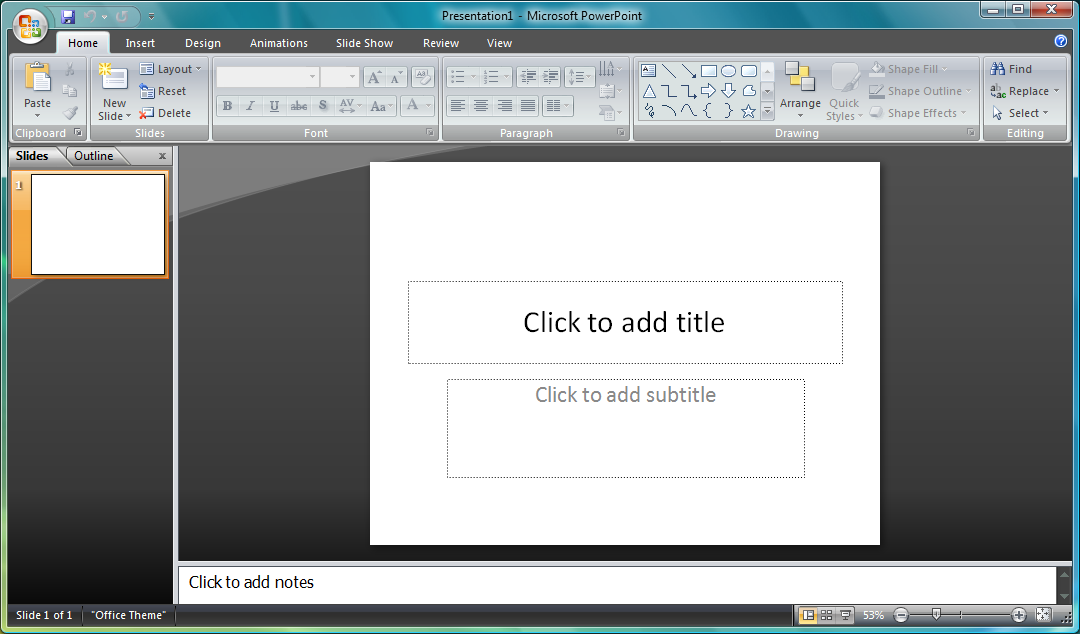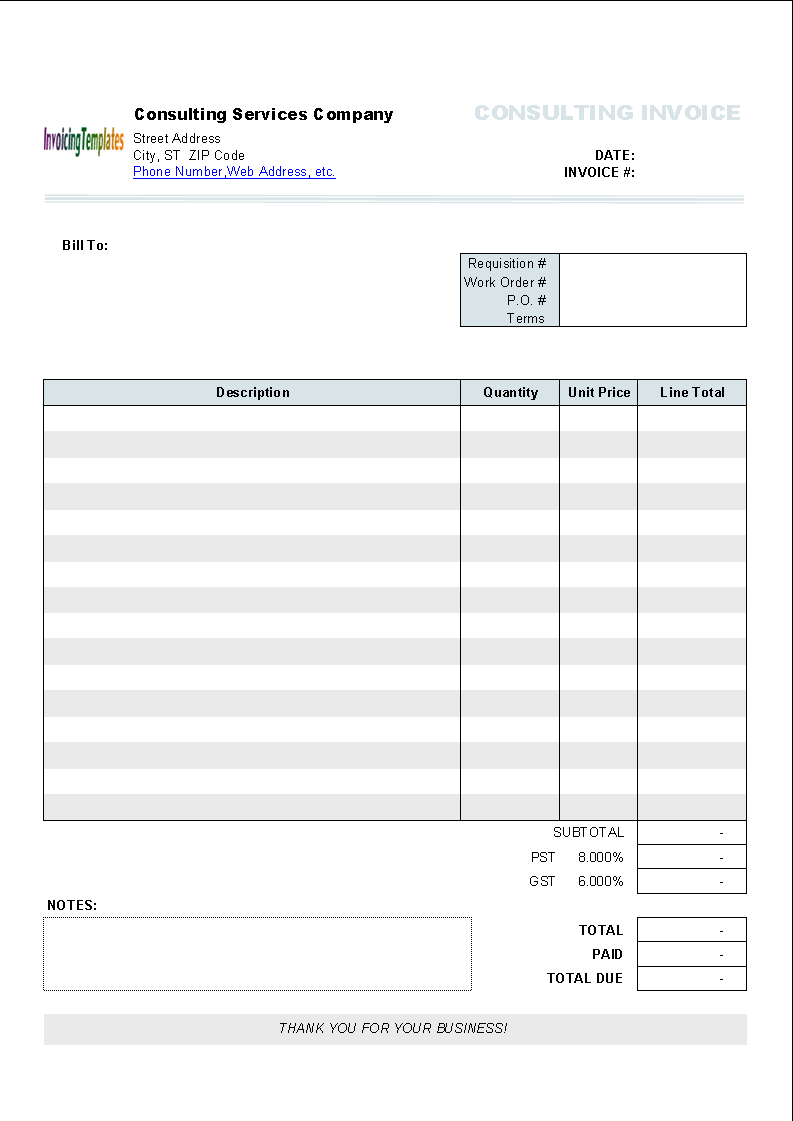
Templates for newsletters are available for specific services and organizations, including newsletter templates for software ventures, repair businesses, fashion design, financial services, schools, and non-profits. Include a newsletters template in your monthly or bimonthly marketing plan to stay connected to former and current customers. With Microsoft Teams you can chat, meet, call, and collaborate from anywhere for free. Xbox Live Gold and over 100 high-quality console and PC games. Play together with friends and discover your next favorite game. Get expert tips on how to use Microsoft Teams—free to educators and students—to.
You have choices when you want to enhance the appearance of your document quickly. You can start creating a document by using a template, or you can apply themes and, if you're in Word, you can apply styles.
Template
Templates are files that help you design interesting, compelling, and professional-looking documents. They contain content and design elements that you can use as a starting point when creating a document. All the formatting is complete; you add what you want to them. Examples are resumes, invitations, and newsletters.

Theme
To give your document a designer-quality look — a look with coordinating theme colors and theme fonts — you'll want to apply a theme. You can use and share themes among the Office for Mac applications that support themes, such as Word, Excel, and PowerPoint. For example, you can create or customize a theme in PowerPoint, and then apply it to a Word document or Excel sheet. That way, all of your related business documents have a similar look and feel.
Word styles
Themes provide a quick way to change the overall color and fonts. If you want to change text formatting quickly, Word styles are the most effective tools. After you apply a style to different sections of text in your document, you can change the formatting of this text simply by changing the style. Word includes many types of styles, some of which can be used to create reference tables in Word. For example, the Heading style, which is used to create a Table of Contents.
See also
Applies to: Azure Information Protection, Office 365
Note
To provide a unified and streamlined customer experience, Azure Information Protection client (classic) and Label Management in the Azure Portal are being deprecated as of March 31, 2021. This time-frame allows all current Azure Information Protection customers to transition to our unified labeling solution using the Microsoft Information Protection Unified Labeling platform. Learn more in the official deprecation notice.
When you use the Azure Rights Management service from Azure Information Protection, protection templates are automatically downloaded to client computers so that users can select them from their applications. However, you might need to take additional steps if you make changes to the templates:

| Application or service | How templates are refreshed after changes |
|---|---|
| Exchange Online Applicable for transport rules and the Outlook web app | Automatically refreshed within an hour - no additional steps required. |
| Azure Information Protection client | Automatically refreshed whenever the Azure Information Protection policy is refreshed on the client: - When an Office application opens that supports the Azure Information Protection bar. - When you right-click to classify and protect a file or folder. - When you run the PowerShell cmdlets for labeling and protection (Get-AIPFileStatus and Set-AIPFileLabel). - When the Azure Information Protection Scanner service starts and the local policy is older than one hour. In addition, the scanner service checks for changes every hour and uses these changes for the next scan cycle. - Every 24 hours. Additionally, because this client is tightly integrated with Office, any refreshed templates for Office 365 apps, Office 2019, Office 2016, or Office 2013 will also be refreshed for the Azure Information Protection client. |
| Azure Information Protection unified labeling client | For Office apps, the templates automatically refresh every time the app is opened. Additionally, because this client is tightly integrated with Office, any refreshed templates for Office 365 apps, Office 2019, Office 2016, or Office 2013 will also be refreshed for the Azure Information Protection unified labeling client. For File Explorer, PowerShell, and the scanner, the client doesn't download templates but accesses them online - no additional steps required. |
| Office 365 apps, Office 2019, Office 2016, and Office 2013 | Automatically refreshed - on a schedule: - For these later versions of Office: The default refresh interval is every 7 days. To force a refresh sooner than the schedule, see the following section, Office 365 apps, Office 2019, Office 2016, and Office 2013: How to force a refresh for templates. |
| Office 2010 | Automatically refreshed when users sign out from Windows, sign back in, and wait up to 1 hour. |
| Exchange on-premises with the Rights Management connector Applicable for transport rules and the Outlook web app | Automatically refreshed - no additional steps required. However, the Outlook web app caches the UI for a day. |
| Office 2019 for Mac and Office 2016 for Mac | Automatically refreshed when you open protected content. To force a refresh, see the following section, Office 2019 for Mac and Office 2016 for Mac: How to force a refresh for templates. |
| RMS sharing app for Mac computers | Automatically refreshed - no additional steps required. |
| Office 365 ProPlus apps with built-in labeling | This built-in labeling client doesn't download templates but accesses them online - no additional steps required. |
Microsoft Word Resume Templates For Mac
When client applications need to download templates (initially or refreshed for changes), be prepared to wait up to 30 minutes before the download is complete and the new or updated templates are fully operational. The actual time will vary, according to factors such as the size and complexity of the template configuration, and the network connectivity.
Office 365 apps, Office 2019, Office 2016, and Office 2013: How to force a refresh for templates
By editing the registry on the computers running Office 365 apps, Office 2019, Office 2016, or Office 2013, you can change the automatic schedule so that changed templates are refreshed on computers more frequently than their default value. You can also force an immediate refresh by deleting the existing data in a registry value.
Warning
If you use the Registry Editor incorrectly, you might cause serious problems that might require you to reinstall the operating system. Microsoft cannot guarantee that you can solve problems that result from using the Registry Editor incorrectly. Use the Registry Editor at your own risk.
To change the automatic schedule
Using a registry editor, create and set one of the following registry values:
To set an update frequency in days (minimum of 1 day): Create a new registry value named TemplateUpdateFrequency and define an integer value for the data, which specifies the frequency in days to download any changes to a downloaded template. Use the following information to locate the registry path to create this new registry value.
Registry path: HKEY_CURRENT_USERSoftwareClassesLocal SettingsSoftwareMicrosoftMSIPC
Type: REG_DWORD
Value: TemplateUpdateFrequency
To set an update frequency in seconds (minimum of 1 second): Create a new registry value named TemplateUpdateFrequencyInSeconds and define an integer value for the data, which specifies the frequency in seconds to download any changes to a downloaded template. Use the following information to locate the registry path to create this new registry value.
Registry path: HKEY_CURRENT_USERSoftwareClassesLocal SettingsSoftwareMicrosoftMSIPC
Type: REG_DWORD
Value: TemplateUpdateFrequencyInSeconds
Make sure that you create and set one of these registry values, not both. If both are present, TemplateUpdateFrequency is ignored.
If you want to force an immediate refresh of the templates, go to the next procedure. Otherwise, restart your Office applications and instances of File Explorer now.
To force an immediate refresh
Microsoft Templates For Access
Using a registry editor, delete the data for the LastUpdatedTime value. For example, the data might display 2015-04-20T15:52; delete 2015-04-20T15:52 so that no data is displayed. Use the following information to locate the registry path to delete this registry value data.
Registry path: HKEY_CURRENT_USERSoftwareClassesLocal SettingsSoftwareMicrosoftMSIPC<MicrosoftRMS_FQDN>Template<user_alias>
Type: REG_SZ
Value: LastUpdatedTime
Tip
In the registry path, <MicrosoftRMS_FQDN> refers to your Microsoft RMS service FQDN. If you want to verify this value:
Run the Get-AipServiceConfiguration cmdlet for Azure Information Protection. If you haven't already installed the AIPService PowerShell module, see Installing the AIPService PowerShell module.
From the output, identify the LicensingIntranetDistributionPointUrl value.
For example: LicensingIntranetDistributionPointUrl : https://5c6bb73b-1038-4eec-863d-49bded473437.rms.na.aadrm.com/_wmcs/licensing
From the value, remove https:// and /_wmcs/licensing from this string. The remaining value is your Microsoft RMS service FQDN. In our example, the Microsoft RMS service FQDN would be the following value:
5c6bb73b-1038-4eec-863d-49bded473437.rms.na.aadrm.com
Delete the following folder and all files it contains: %localappdata%MicrosoftMSIPCTemplates
Restart your Office applications and instances of File Explorer.
Office 2019 for Mac and Office 2016 for Mac: How to force a refresh for templates
In these versions of Office for Mac, templates refresh when you open protected content or you protect content by using a sensitivity label that's newly configured to apply encryption. If you need to force a refresh of the templates, you can use the following instructions. However, the command in the instructions deletes the templates, the RMS token cache in the key chain, and local use licenses for any previously opened protected content. As a result, you will need to authenticate again and you must have an internet connection to open the previously opened protected content.
Microsoft Office Templates For Mac
Open Terminal, and enter the following command:
Restart Outlook for Mac.
Create a new email and select Encrypt, and then Verify Credentials.